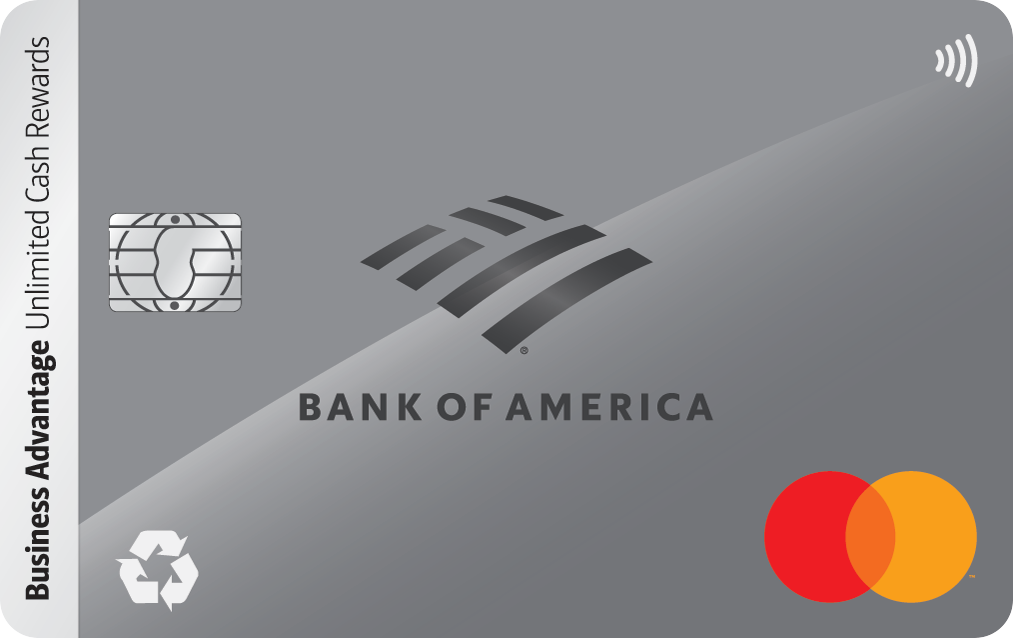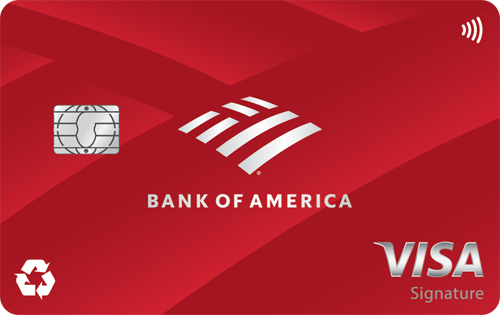What NOT to Do With a 0% Intro APR Credit Card

Image source: Getty Images
Most 0% intro APR offers sound like magic. Who wouldn't want months (or even more than a year) without paying interest?
I've helped plenty of people use these cards to pay off debt faster or finance big purchases the smart way. But I've also seen the flip side -- folks who treat 0% intro APRs like "free money" and end up in worse shape than before.
The difference usually comes down to a few simple habits. So here's how to make sure you're on the winning side of the equation.
1. Don't treat it like free money
A 0% intro APR doesn't mean zero consequences. The balance still exists, and it's due eventually.
Too many people see that temporary interest break and start spending more money on vacations, shopping sprees, or "I'll pay it off later" splurges.
But later comes fast. And once that 0% APR promo window ends, your remaining balance starts collecting interest at a super high APR. This can be 20% or more.
I'm not saying you can't enjoy the breathing room that comes with a 0% intro APR card. Just don't let your emotions take over and trick you into thinking it's free money.
Especially if you're carrying a balance from another card. This is your time to hammer down your debt -- not stack more on top.
2. Don't make minimum payments only
Even during a 0% intro APR period, if you only pay the minimum required each month, your balance barely moves.
Then, when the regular APR kicks in, you're hit with interest on everything left.
For example, let's say you use a balance transfer card to move $5,000 at 0% APR for 21 months.
If you pay just $75 a month, you'll still owe nearly $3,425 when the clock runs out and that's when interest kicks in.
A better move: Divide your balance by the number of months in your 0% period. That's your true "interest-free payoff" amount.
So, $5,000 divided by 21 months = about $240 per month. Paying that full amount means your entire balance will be wiped before any interest applies.
Needless to say, a longer interest-free period is almost always better.
3. Don't forget about balance transfer fees
Most 0% intro APR cards charge a balance transfer fee if you're moving debt from another card over. This is usually around 3% to 5% of the amount you move.
It's easy to overlook, but on a $10,000 transfer, that's $300 to $500 upfront.
The good news is it's usually worth it though, because you're likely saving much more in avoided interest than the cost of the fee. But it's something to calculate before you dive in.
If you're curious which cards have long 0% intro periods and low fees, check out our current list of top balance transfer cards here -- some offering up to 21 months to pay down debt without interest.
4. Don't miss a single payment
This one's critical. One late payment can instantly cancel your 0% intro APR offer.
Even missing a due date by a single day, most issuers can bump you to the standard APR immediately. Plus they'll slap you with a late fee and a potential ding to your credit score.
To avoid that pain completely, set up autopay for at least the minimum amount. Then, make an extra payment manually each month toward your goal balance.
The 0% intro APR is your biggest advantage. Don't lose it over a missed due date.
The smarter way to use a 0% intro APR card
When used right, these cards are like a financial reset button. Used wrong, they become a treadmill you can't step off.
Out of all the people I've coached on using credit cards to get out of debt, the biggest success stories always started with one thing: a clear payoff plan.
These folks worked out exactly how much to pay each month, and followed through on that promise to themself.
Choosing the right card can make that plan even easier. A longer 0% window or lower balance transfer fee can buy you extra time to breathe while your payments actually make a dent.
If you're ready to find one that fits your situation, check out our list of the best 0% intro APR cards here -- some offer nearly two years interest-free to help you wipe out debt for good.
Our Research Expert



